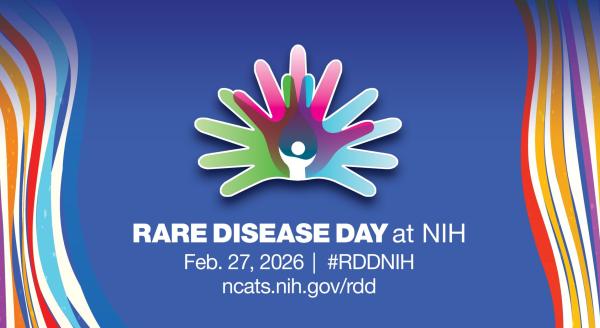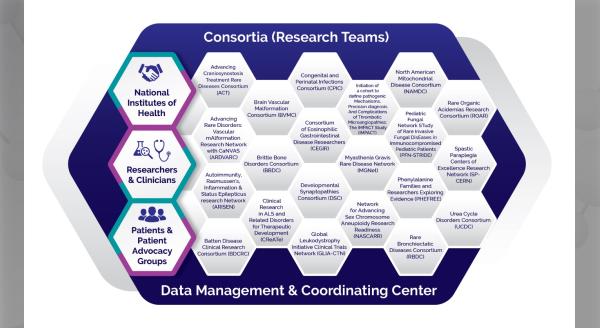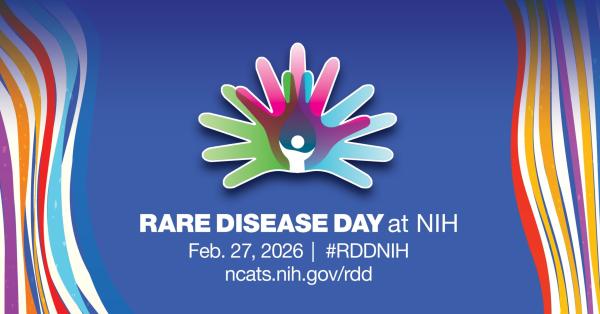David Peterson, PhD, is an associate research scientist at the Institute for Neural Computation, University of California San Diego (UCSD); director of the Computational Neurology Center at UCSD; and a member of the Dystonia Coalition (DC). His research focuses on improving outcomes for patients with dystonia, a large group of movement disorders causing uncontrollable, sometimes painful, involuntary muscle contractions, resulting in repetitive shaking, turning, and twisting of affected body parts. Here, he shares his start in rare disease research, exciting discoveries, and future goals.
What inspired you to become a researcher in the rare disease space?
I initially became interested in dystonia when a member of my family developed adult-onset dystonia. Since then, I have been motivated not only by the personal connection, but also by other patients I have met, the many scientific colleagues I have worked with along the way, and the intriguing scientific questions about the brain pathology that causes dystonia.
What has been your biggest “aha” moment as a scientist?
At a conference around 2010, I saw a colleague demonstrating software that could recognize facial expressions from video. I immediately thought this kind of technology could be applied to quantifying symptoms of a common form of dystonia that causes abnormal activation of facial muscles.
In the subsequent several years, a major thread of my research has become extrapolating and testing this approach in multiple forms of dystonia. Indeed, it is the focus of the DC’s current clinical research project on Objective Measures.
Can you tell us about a recent discovery and what it means for patients and physicians?
We recently published two peer-reviewed papers (Head tremor in cervical dystonia: Quantifying severity with computer vision and Hold that pose: capturing cervical dystonia's head deviation severity from video) demonstrating that our video-processing software—the Computational Motor Objective Rater (CMOR)—can capture the two main motor features of cervical dystonia (CD), one of the most common forms of dystonia.
CD patients suffer from abnormal neck muscle activity that results in the head being involuntarily twisted in one or more directions, often accompanied by shaking (tremor). Because CMOR is objective, it does not suffer from the variability associated with human observation, and therefore provides a more reliable measure of CD motor severity. CMOR requires as input only conventional video recordings that are commonly acquired in movement disorders research centers. Thus, CMOR is poised to increase both sensitivity and efficiency in future clinical trials of improved treatments for patients.
What role has the DC played in your work?
From shortly after its inception, the DC has been a supportive infrastructure and nurturing group of colleagues that has greatly facilitated our development of CMOR. Because this line of my research involves secondary data analysis, it benefits greatly from the DC’s multi-center data aggregation and standardized data collection procedures. If I took the same approach with multiple centers on an individual basis, the administrative overhead and increased heterogeneity of the data would make the research almost completely untenable.
What do you see ahead for the DC and your rare disease research?
The DC is primed to enable dramatic advances in dystonia clinical research. On the one hand, the natural history data being collected lays the foundation for studies into significant questions about the disorder, such as what factors predict whether symptoms will spread to other body regions over time.
On the other hand, the multi-center infrastructure and processes put in place also lay the foundation for future multi-center clinical trials. I am excited to continue my team’s development of CMOR in order to add rigor and efficiency to future clinical research in dystonia.
The Dystonia Coalition (DC) is part of the Rare Diseases Clinical Research Network (RDCRN), which is funded by the National Institutes of Health (NIH) and led by the National Center for Advancing Translational Sciences (NCATS) through its Division of Rare Diseases Research Innovation (DRDRI). DC is funded under grant number U54NS116025 as a collaboration between NCATS and the National Institute of Neurological Disorders and Stroke (NINDS).






